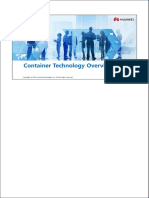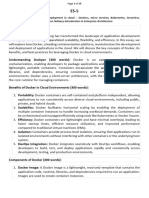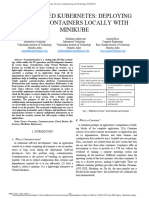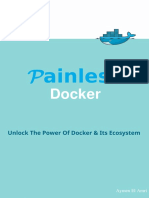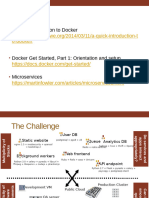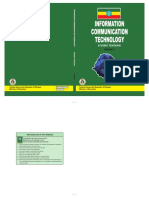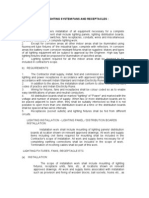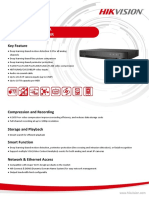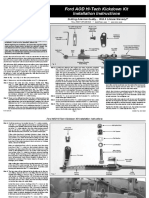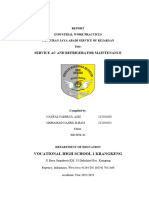0% found this document useful (0 votes)
2 views38 pagesLecture 4 - Containers
The document provides an overview of container technology, explaining what containers are, how they work, and their advantages over traditional service delivery methods. It highlights the benefits of containers, such as isolation, portability, and operational efficiency, while also addressing potential disadvantages and management challenges. Additionally, it covers Docker and Kubernetes as key tools for containerization and orchestration, including practical commands and use cases.
Uploaded by
Hạnh Hoàng ĐìnhCopyright
© © All Rights Reserved
We take content rights seriously. If you suspect this is your content, claim it here.
Available Formats
Download as PDF, TXT or read online on Scribd
0% found this document useful (0 votes)
2 views38 pagesLecture 4 - Containers
The document provides an overview of container technology, explaining what containers are, how they work, and their advantages over traditional service delivery methods. It highlights the benefits of containers, such as isolation, portability, and operational efficiency, while also addressing potential disadvantages and management challenges. Additionally, it covers Docker and Kubernetes as key tools for containerization and orchestration, including practical commands and use cases.
Uploaded by
Hạnh Hoàng ĐìnhCopyright
© © All Rights Reserved
We take content rights seriously. If you suspect this is your content, claim it here.
Available Formats
Download as PDF, TXT or read online on Scribd
/ 38
